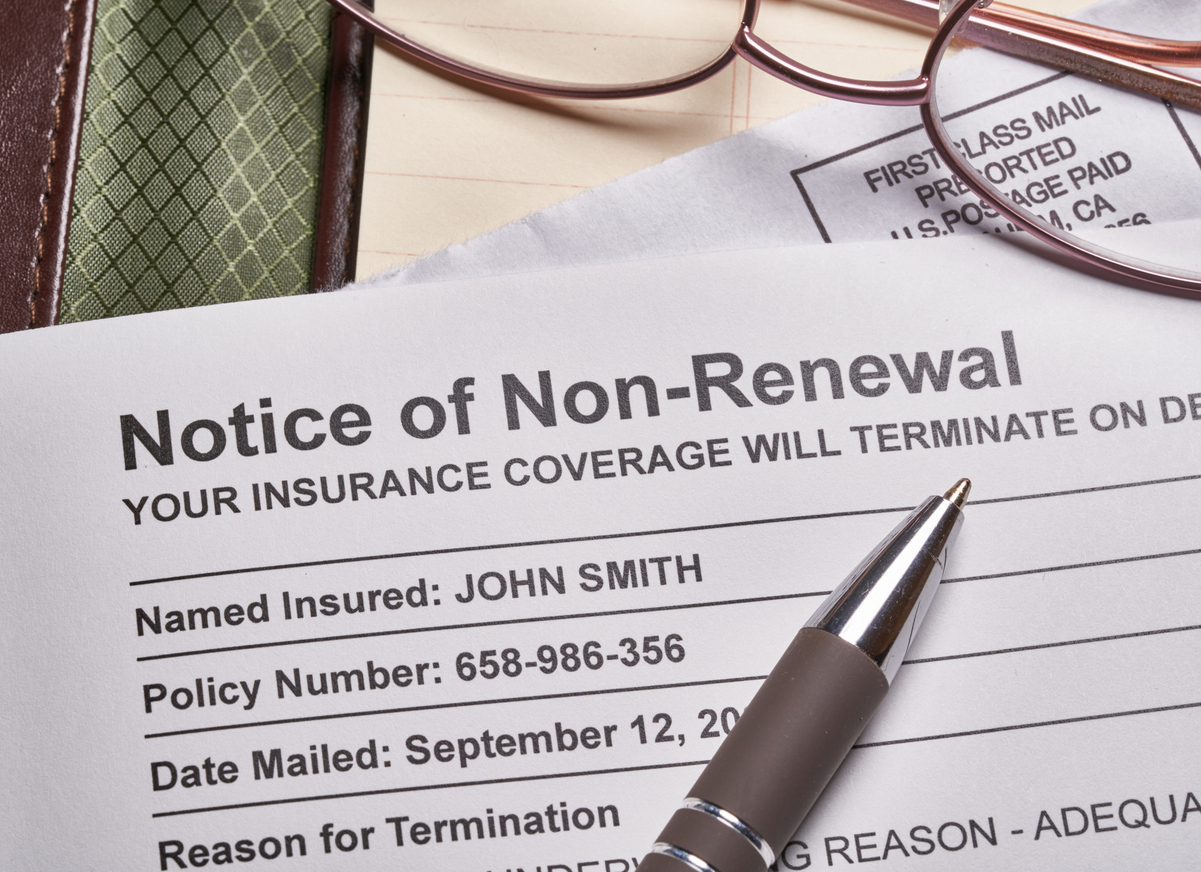I have received a number of emails regarding the tragic tsunami and earthquake that occurred this morning off the coast of Japan. Most have been questions regarding insurance coverage for potential consequences in Hawaii and on the west coast.
Typical property insurance policies written in the United States exclude flood and earthquake damages. A tsunami is a tidal wave often caused by an earthquake; it is a flood and excluded under most policies. Generally, these perils are only covered by endorsement or special policies.
It should be noted that automobile, vehicle, life and health insurance provide coverage for these events. Some mobile home policies and marine forms cover these risks as well. Accordingly, these catastrophes are not completely uninsured when they occur in the United States.
The problem of private insurance coverage for tsunami events was discussed in a paper delivered by George Walker at the 2005 Proceedings of the Australian Earthquake Engineering Society, SOME REFLECTIONS ON THE INSURANCE ASPECTS OF TSUNAMI DAMAGE:
A characteristic that distinguishes tsunamis from most other major hazards is that they appear to have no sensible upper limits to the level of losses that they could cause. There are limits to the level of losses that can occur from earthquake shaking and from tropical cyclones. There are probably limits to the losses that could occur from tsunamis generated by earthquakes. But if scientists are correct, the upper limit of losses from tsunamis caused by landslides, volcanic eruptions or meteorite impact could be orders of magnitude larger than the potential maximum losses in San Francisco, Los Angeles or Tokyo from earthquakes.
The most severe would be a major meteorite impact on the ocean. At its worst such an impact could result in the extinction of most life on earth due to a combination of the massive tsunami that could be generated combined with the associated severe changes in climate. The probabilities associated with tsunamis generated by meteorite impact are very small, but they exist, and every coastline in the world is at similar risk from them.
…The normal insurance industry approach to uninsurable hazards has been to exclude them totally. This has left the problem with governments to resolve, and has led to a number of national disaster insurance funds or pools, either completely run by the government as in the case of the U.S. Flood insurance scheme, and the N.Z. residential earthquake insurance scheme, or to joint government / insurance industry schemes like the Taiwan Residential Earthquake Insurance Program (TREIP).
A characteristic feature of some government schemes, especially where the possible magnitude of the loss, and not the frequency of the loss, is the problem, has been the imposition of limits on the insurability. This has been largely pioneered in Japan where in addition to limits being placed on the liability of the insurance industry to earthquake losses, with government providing a guarantee above this, a limit is also set on the contribution of the government, and above this the policyholders share the loss on a proportional basis. TREIP also embodies this approach. This latter approach may be the only way by which tsunami risk can be covered in a manner that would be sustainable over the long term." (emphasis added)
Those in vulnerable areas should buy flood and excess flood coverage to insure for tsunami events. My post, Earth Movement and Earthquake Coverage Should Be Reviewed Warns FC&S, explains some of my concerns as well. I strongly encourage all commercial policyholders to ask their insurance agents and brokers about Difference in Conditions Coverage, which typically adds earthquake and flood losses to commercial polices.



